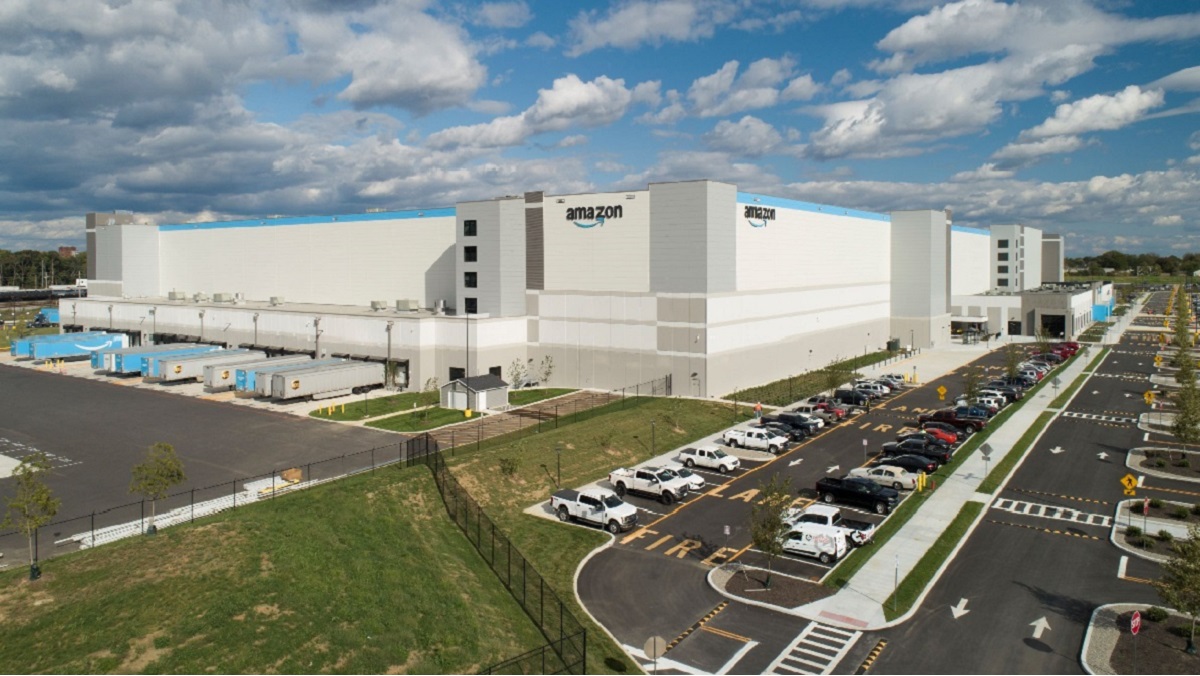The world’s largest online retailer is reportedly looking to sublease some of its warehouse space across the country as online sales slow down. This is a move that industrial real estate professionals are watching closely, to get a better understanding of where the industrial rental real estate market may be heading.
While the internet retailer aggressively grew its industrial warehouse footprint across the united states over the past years, Amazon’s most recent quarterly Q1 2022 meeting reported slowing growth and a weak profit outlook, partially attributed to overcommitting to warehouse space during the Covid-19 pandemic where online sales surged to levels previously never seen before. This aggressive expansion in warehouse space brought the company to around 370 million square feet in the United States and 500 million square feet worldwide.
The fundamental issue lies within the “excess space” throughout its various warehouses nationwide. The company estimates this unused excess space to contribute to $10 billion in extra expenses in the first half of 2022 alone. The anonymous source, according to Bloomberg, noted these specific “excess capacity” warehouses located in New York, New Jersey, Southern California and Atlanta markets. How much excess warehouse space exactly? Estimates range from 10 million square feet to possibly much more, but an exact number is yet to be confirmed.
Amazon’s solution to this excess capacity issue is likely “subleasing” – a common practice in the commercial real estate field. Subleasing is when a Leaseholder (Lessee) conveys all or part of the leased premises for a shorter term than that for which the lessee holds originally. This would basically mean that Amazon would lease a part of its overall warehouse to another business. If subleasing doesn’t work, the next best option would be to negotiate a some type of lease termination, however, these can be more complicated and usually come with financial penalties. Complicating matters, Amazon’s biggest warehouse real estate landlord, Prologis, might not be open to bargain much. Prologis is arguably the biggest industrial real estate warehouse landlord in the United States and has benefited immensely from a meteoric rise in industrial warehouse demand and spike in rental real estate rents; all while warehouse space inventory sits at record lows.
The bright side is buried within a small but key detail to note in all of this is – the subleases are believed to be short term averaging around only 1 to 2 years. This signals that Amazon is being careful not to cut space too quickly, and remain nimble enough to accommodate hungry consumer demand should there be a quick rebound. Another promising point is that the hypothetical 10 million square feet of “excess warehouse space” is only equivalent to about 5% of the square footage added during the pandemic period alone. Furthermore, the holiday retail season should hopefully drive up consumer demand as online shopping holidays “Black Friday” and “Prime Day” fill spare warehouse capacity towards the end of the year.
About the Author

Ryan Nelson
I’m an investor, real estate developer, and property manager with hands-on experience in all types of real estate from single family homes up to hundreds of thousands of square feet of commercial real estate. RentalRealEstate is my mission to create the ultimate real estate investor platform for expert resources, reviews and tools. Learn more about my story.
